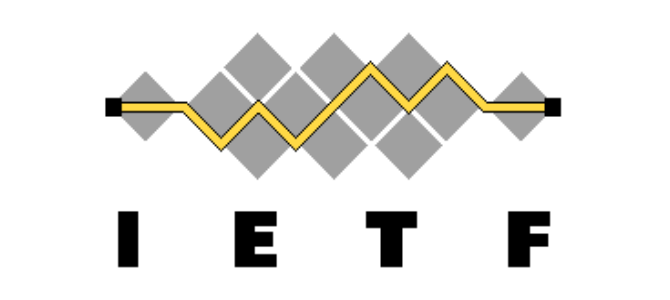In this post, I’d like to introduce the upcoming major version of Knot Resolver project, which is currently in the testing and debugging phase, and we would greatly appreciate if you could try it out and give us any feedback on it.
RFC 9432: DNS Catalog zones
A DNS zone is usually served by multiple authoritative servers, which is actually recommended for the sake of redundancy. Large authoritative DNS operators even combine different name server implementations to avoid complete infrastructure outage in case of any software error. For synchronizing zone contents between authoritative servers, a DNS-specific mechanism is available, called zone transfer. It is well established and supported by all common DNS implementations. It enables both full zone transfer (AXFR) and incremental update (IXFR).
Survey results: DNS resolvers’ configuration
Contemporary DNS software is very complex. Vendors and development teams lack feedback about the features that are actually in use. Our survey aimed to obtain such information from users. The results are described in this article. Users and administrators of DNS resolvers from any vendor were invited to participate in this survey. This post follows the article “Survey: How do you configure DNS resolvers?”.
.CZ zone generation and signing underwent technical inspection, original components were replaced with Knot DNS
I try to describe the basic building blocks of our national domain registry administration to people around me quite often. Yet (or maybe for that very reason), the .cz is still perceived as something that simply works. Just like when you get in your car to take your children to school every morning. You expect the journey to take the usual 10 minutes (or 15 if you need to refuel) and that you won’t have to deal with any trouble. Even though you know that you need to change the oil regularly, check and change worn parts, or repair defects caused by operation, most of you leave these “out of order” cases to service professionals or at least a handy neighbor and avoid having to wash your hands from automotive grease or to remember the required type of brake pads. Modern cars are able to inform you of any necessary maintenance and all you have to do is dial the correct phone number. Although you don’t fully understand the person at the other end of the line, they manage to get through to you because you have a basic idea of how a car works.
Introducing DNS Shotgun
DNS Shotgun is a bechmarking tool specifically developed for realistic performance testing of DNS resolvers. Its goal is to simulate real clients and their behaviour, including timing of queries and realistic connection management, which are areas where traditional tools are lacking.
Improving DNS Server Telemetry
Since the end of January 2021, the data from all authoritative DNS servers operated by CZ.NIC about DNS transactions (queries and responses) is being collected exclusively using the new standard Compacted-DNS (C-DNS) format defined in RFC 8618. For data acquisition on the servers we use the DNS Probe software, developed by CZ.NIC Labs in cooperation with Brno Technical University. This milestone marks the end of a six-month transition period in which we migrated all servers from the traditional PCAP format that we used previously. During that period we heavily tested and improved the performance and stability of DNS Probe, and also compared the results obtained in both the old and new format.
Follow the DNS
It is no longer “trending”, but at the dawn of the millennium, the increasing globalization together with the rise of modern technology and especially the Internet gave birth to the term “Follow the Sun”. For the young or old and forgetful, here is what it was all about. For example, while online services that usually require continuous operation and worldwide accessibility at any given time, a service may stop working or become inaccessible to some users. Anytime. How to provide technical support for such service without forcing employees to be awake at night in a certain time zone? Spread the workers around the world so that you always have someone who has daytime (the Sun over their head) and can provide support for the online service. And if the worker can’t solve the issue, they would pass it to the next one in the direction of the moving sun, who would finish the job. The fact that the time needed to solve the request was not measured in hours, but in the number of revolutions of the request around the Earth, is not so important.
Encrypted DNS in Knot Resolver: DoT and DoH
In this post, we describe the differences between the two widespread protocols for DNS encryption: DNS-over-TLS (DoT) and DNS-over-HTTPS (DoH). We compare the technical aspects of those protocols as well as their implications on user privacy. We also introduce Knot Resolver’s new built-in DoH support and explain some of our design decisions behind DoH.
Knot Resolver is not SAD DNS resolver
The Internet is flooded with news about a new attack against DNS protocol called Side channel AttackeD DNS, or in short SAD DNS. The attack is described in detail in Cloudflare’s blog and I strongly recommend you to read it to grasp how it works and why it is novel.
Knot DNS 3.0 News
Recently, version 3.0 of Knot DNS – an open-source implementation of an authoritative DNS server – has been released. Despite the version number, the software isn’t changing much. There are slightly more new features than in common feature releases such as 2.9. However, the features added in 3.0 don’t change any behaviour, unless the user turns them on. The migration from 2.9 to 3.0 is therefore seamless.

